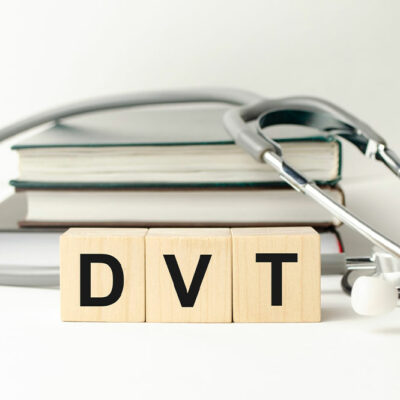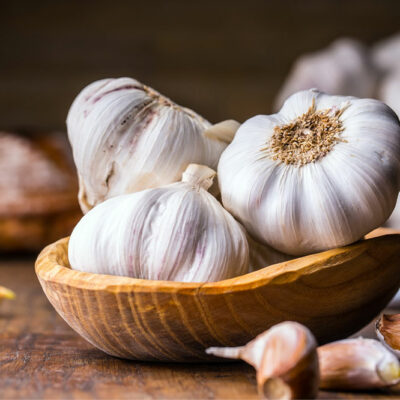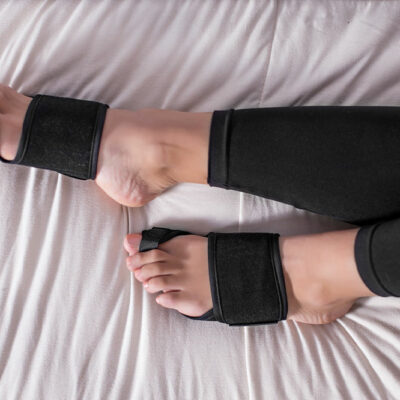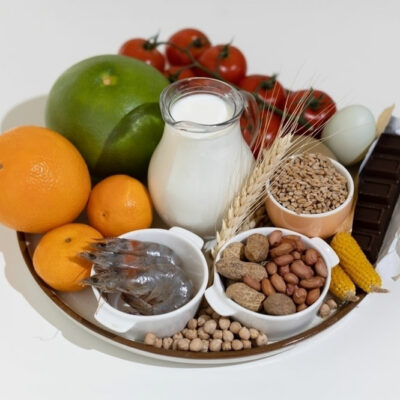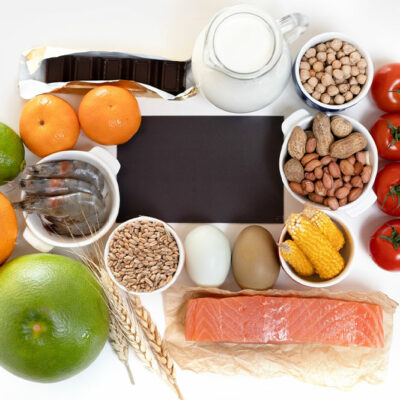
health
5 elimination meal plans to identify and curb food allergies
Some people suffer from food allergies very often because they don’t know how to identify their trigger foods. Here’s where an elimination meal plan can help. A food elimination meal plan enables individuals to assess if they’re sensitive to one or more ingredients in their everyday meals. It usually requires the patient to stop eating suspicious foods and then reintroduce them gradually. Here are five food elimination plans that might help identify food allergies. Basic elimination This meal plan requires individuals to eliminate gluten-based foods and dairy products from their nutrition regimen. The healthcare expert may tell the patient to reintroduce one or both of these if there’s no change during the exclusion phase. However, people with celiac disease may need to avoid these food items permanently to manage their allergies. Full elimination A complete elimination plan excludes shellfish, eggs, corn, soy, soy products, and tree nuts from meals. The foods are systematically reintroduced to the body to narrow down potential allergies. Besides allergies, the method may help diagnose food intolerance. Nightshade elimination Nightshade elimination requires patients to exclude foods from the nightshade family, including white potatoes, tomatoes, goji berries, paprika, eggplant, chili peppers, and bell peppers. While most of these foods offer multiple health benefits, someone intolerant to nightshade fruits and vegetables may suffer from food allergies.
Read More 